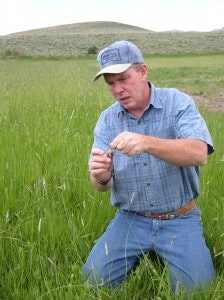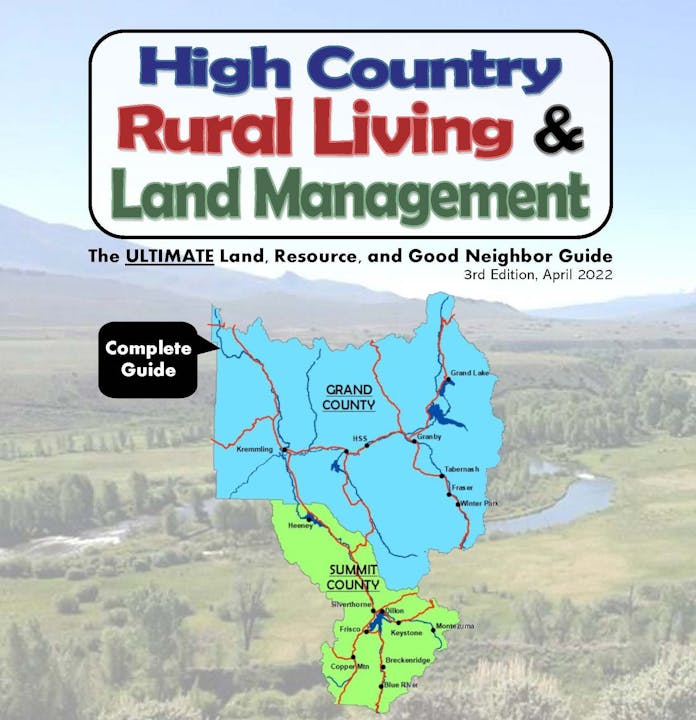Hay and Pasture

Range, Hay, Soil, and Animal Nutrition
Healthy rangelands and pastures are essential for providing wildlife habitat, creating the basis for ranchers and farmers to make a living, and supplying open space and quality aesthetics for recreational users. Middle Park Conservation District strives to 1) Maintain and improve the health and productivity of our ag and rangelands; 2) Increase the habitat value of our range and pasturelands for the wildlife that inhabit them and use them as corridors.






